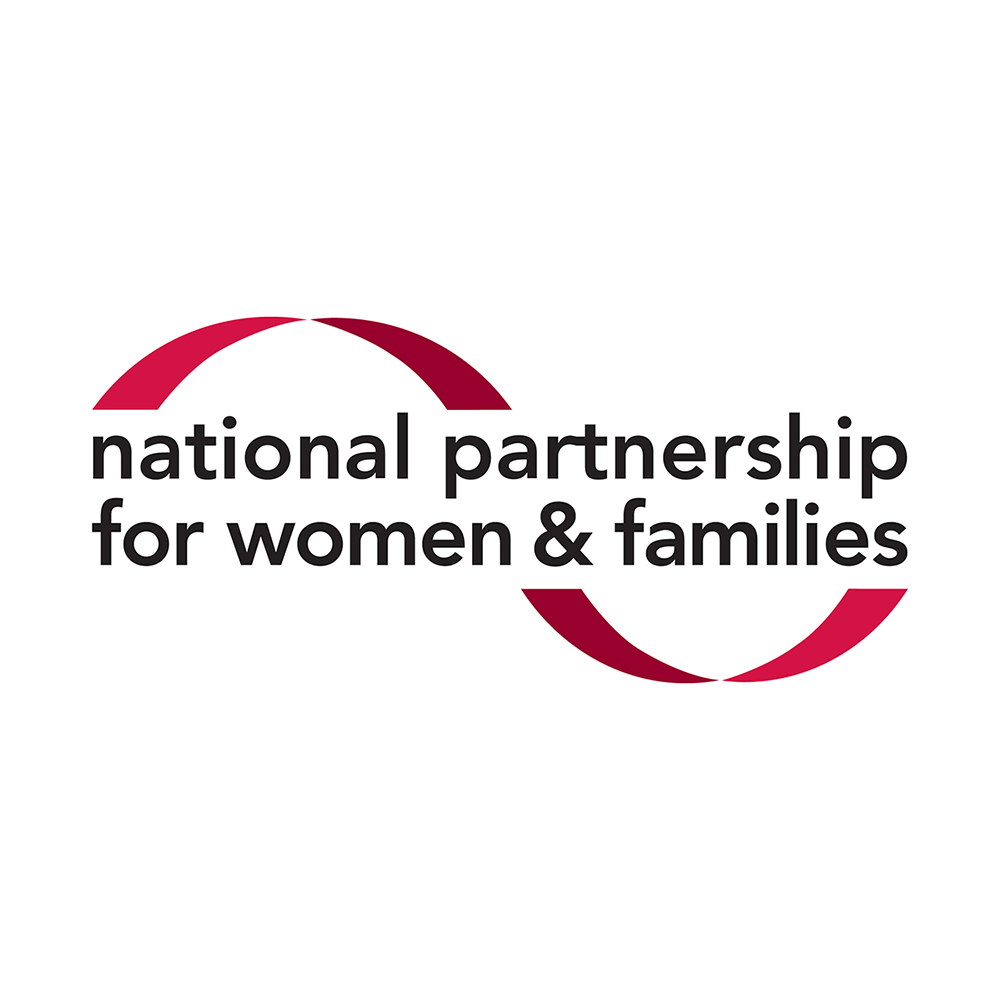Regulations implementing the Pregnant Workers Fairness Act would protect 2.8 million pregnant workers WASHINGTON, D.C. – April 26, 2024 – The National Partnership for Women & Families is calling out the recent partisan lawsuit led by 17 states to...

Securing Abortion Access and a Working Democracy for All
It’s been just over a year since the Supreme Court voted against decades of precedent and overturned the legal right to abortion affirmed by Roe v. Wade, creating a state-by-state approach to abortion access that threatens the lives of millions of women and people across the country. Justice Alito, author of the majority opinion, minimized the far-reaching violation imposed by the Dobbs v. Jackson Women’s Health Organization decision by claiming that “[the] decision returns the issue of abortion to legislative bodies [and]… women are not without electoral or political power.” But it’s never been as simple as voting to protect women and birthing people’s fundamental bodily autonomy and reproductive rights. The devastating Dobbs decision was a direct result of a strategic campaign by extremist politicians and anti-abortion activists, made possible in part by an electoral and political process that structurally marginalizes women and voters of color (and women of color especially). As advocates look to state-level frontiers to protect abortion access, familiar patterns emerge to create barriers to abortion access across the country. Voter disenfranchisement, gerrymandering, subversion and political games by state legislatures, and more contribute to the gap between laws that restrict or ban abortions and the overarching will of the people to protect access.
American democracy is far from perfect – a long legacy of racism, sexism, and other structural marginalization has undermined people’s electoral and political power. As the National Partnership has written previously, the Supreme Court itself has acted to eviscerate the Voting Rights Act of 1965, opening the doors for extreme voter restrictions that disproportionately target people of color. And though recent rulings have preserved some protections for voters, attacks on communities of color’s ability to vote continue. States that have enacted the greatest restrictions on abortion access are the very same states engaging in extreme voter disenfranchisement, further undermining voters’ electoral power at the moment they’re expected to vote on their most fundamental human rights.
With abortion access no longer a federal right, abortion advocates and anti-abortion extremists alike are focusing on what they can accomplish on the state level. Processes for electing legislators, electing or appointing State Supreme Court justices, donating to campaigns, placing citizen-led initiatives on the ballot, and more vary greatly across states – and all have direct consequences in the fight for reproductive rights and justice.
Direct democracy initiatives such as ballot measures are increasingly being used by advocates to protect abortion access in states. For example, in 2022 alone, in all six states with abortion measures on the ballot, voters chose to protect abortion access rather than ban it. Now, advocates in other states are looking to replicate that success, with ballot measures to re-establish the right to abortion under way in states like Florida and Arizona, and efforts to fully codify it in state constitutions in states like Nevada and New York.
Rather than encouraging voters to decide, Republicans and anti-abortion extremists are changing the rules to advance their agenda. According to the Ballot Initiative Strategy Center, 14 states are considering measures that would impact or weaken the ballot initiative process. In Arkansas, for example, Republican lawmakers passed legislation that triples the number of counties where signatures must be gathered by citizens to qualify for a ballot initiative. And in Ohio, lawmakers have called a special election this August to vote on a proposal to increase the voting threshold needed to pass a state constitutional amendment from a simple majority to 60 percent.
State supreme courts also wield the power to protect access to abortions, restrict access, or ban it altogether. In Wisconsin, abortion advocates secured a necessary victory and turned a conservative majority into a liberal court with the election of Judge Janet Protaseiwicz to their state supreme court. In its upcoming term, the Wisconsin state supreme court may take up cases on key issues with far-reaching impacts for access to basic human rights in the states, including on abortion access, partisan gerrymandering, and voting rules for the 2024 presidential election. But in South Carolina, a changing court has the potential to allow a previously blocked abortion ban to stand. With so much variation in state constitutions and the rules governing state supreme courts, voters in all states are not guaranteed the ability to influence the courts through the electoral and political process.
In the coming months, the National Partnership will explore the many intersections of abortion access and democratic processes in states, including the composition of state legislatures and state supreme courts, voting restrictions, and more. Though the Supreme Court may try to justify stripping the rights of millions of people by claiming those who disagree should simply use their electoral and political power, we know access to abortion in the post-Roe world is more complicated than that. Particularly considering the Court’s record over the past two decades, from Citizens United to Shelby, the majority has consistently ruled to advance the interests and rights of the wealthy and powerful over those of ordinary citizens. Though states may be known as policy laboratories, people’s most basic reproductive rights and bodily autonomy should never have been subject to experimentation. When people vote, abortion rights win. And so, we must keep voting – but that’s just one piece of the puzzle. We must use our collective power to address the democratic imbalances that got us here in the first place.
This post is part of our blog series examining what has happened in the year since the Dobbs decision. Read more:

